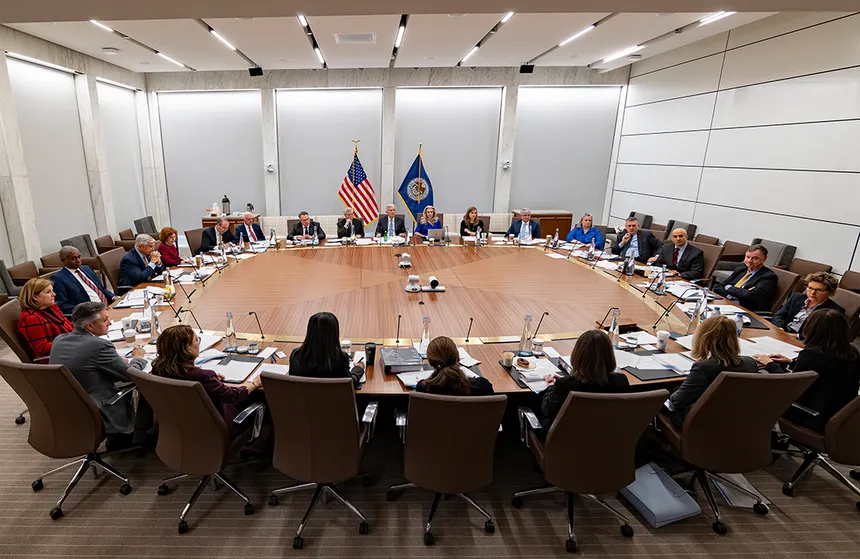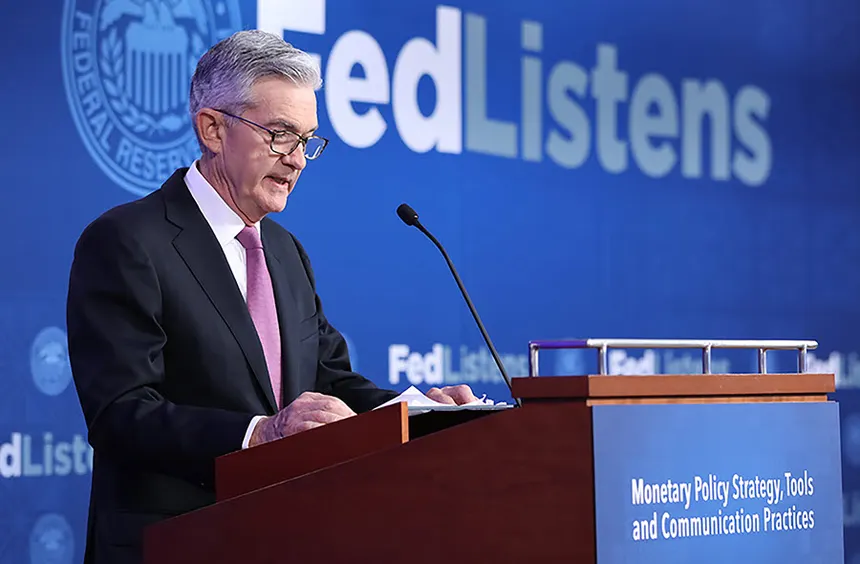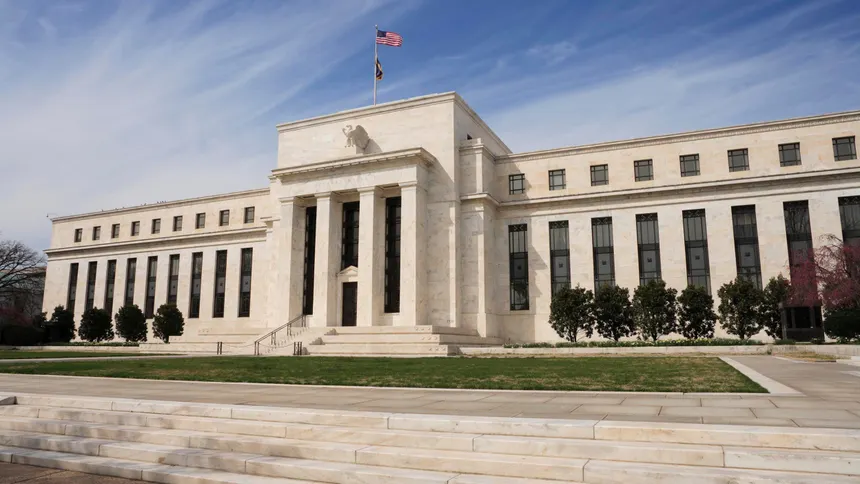The Fed’s Role in the Economy
The U.S. Federal Reserve plays a crucial role in shaping the country’s economic landscape. By adjusting interest rates and other monetary policies, the Fed controls inflation, supports employment, and stabilizes financial markets. As new economic data emerges, the Fed’s next move could have significant impacts on businesses, consumers, and investors alike.
Recent Economic Data Releases and Their Impact
Recent economic reports, including inflation numbers, employment statistics, and GDP growth rates, have painted a mixed picture of the U.S. economy. These indicators are critical in guiding the Federal Reserve’s monetary policy decisions.

1. Inflation Trends: Cooling Down or Still a Threat?
- Consumer Price Index (CPI) Report: The latest CPI data showed a moderate increase in prices, suggesting inflation is gradually cooling but still above the Fed’s target of 2%.
- Core Inflation vs. Headline Inflation: Core inflation, which excludes volatile food and energy prices, remains stubbornly high, raising concerns about long-term price stability.
- Impact on Households: Higher costs of living, particularly in rent, healthcare, and food, continue to strain American consumers.
2. Employment Figures: A Strong Job Market or Signs of Slowdown?
- Unemployment Rate: The jobless rate remains historically low at around 3.8%, signaling a strong labor market.
- Job Growth: Employers added fewer jobs than expected last month, hinting at a possible slowdown in hiring trends.
- Wage Growth: While wages have increased, they haven’t outpaced inflation, meaning real purchasing power remains under pressure.
3. GDP Growth and Economic Activity: Recession or Resilience?
- Recent GDP Data: The economy grew at an annualized rate of 2.5%, reflecting steady but slower-than-expected expansion.
- Consumer Spending: Retail sales and consumer confidence reports suggest people are still spending but are cautious about future financial stability.
- Business Investments: Companies have been holding back on major investments due to uncertainty over interest rates and borrowing costs.

Federal Reserve’s Monetary Policy Response
With these economic data points in mind, the Federal Reserve must decide how to balance inflation control with economic growth. The central bank has several tools at its disposal:
1. Interest Rates: Will the Fed Hike, Hold, or Cut?
- Current Federal Funds Rate: The Fed has raised interest rates aggressively over the past year, bringing them to the highest level in over two decades.
- Market Expectations: Analysts are divided—some expect to pause rate hikes, while others believe another increase is necessary to fully tame inflation.
- Impact on Borrowing Costs: Higher rates have made mortgages, credit cards, and auto loans more expensive, slowing down spending and investment.
2. Quantitative Tightening: Will the Fed Continue Shrinking Its Balance Sheet?
- Reduction of Asset Holdings: The FR has been selling off Treasury bonds and mortgage-backed securities to remove excess liquidity from the financial system.
- Effect on Markets: This move has tightened financial conditions, making it harder for businesses and individuals to access affordable credit.
Possible Scenarios and Their Effects on the Economy
The next steps could shape economic conditions for months or even years. Here are three possible scenarios:
1. Fed Maintains High Interest Rates
- Inflation could drop further, but borrowing costs would remain high.
- Home sales and business expansions might slow down.
- Stock markets could experience increased volatility.
2. Fed Cuts Interest Rates Soon
- Borrowing would become cheaper, boosting consumer and business spending.
- Inflation risks could rise if demand grows too quickly.
- The stock market might rally as investors anticipate easier financial conditions.
3. Fed Pauses and Monitors Economic Data
- A wait-and-see approach could provide stability in uncertain times.
- Investors and businesses would gain more clarity on future policies.
- The risk of over-tightening and triggering a recession could be minimized.

Market Reactions and What Investors Should Watch
Investors and financial markets are closely watching every move by the FR. Some key indicators to monitor include:
- Stock Market Trends: Volatility may continue as investors react to policy decisions.
- Bond Yields: Higher yields signal expectations of prolonged high interest rates.
- Currency Movements: A stronger or weaker dollar could impact international trade and investment.
Conclusion: What It Means for You
For everyday Americans, the Federal Reserve’s policies directly affect mortgage rates, loan payments, savings accounts, and investment returns. Whether you’re a business owner, a homebuyer, or a retiree, staying informed about the Fed’s decisions can help you make better financial choices.
As the economic landscape shifts, all eyes remain on the Federal Reserve’s next move—one that could shape the future of inflation, employment, and economic growth in the U.S.
Do Follow USA Glory For More Updates.






